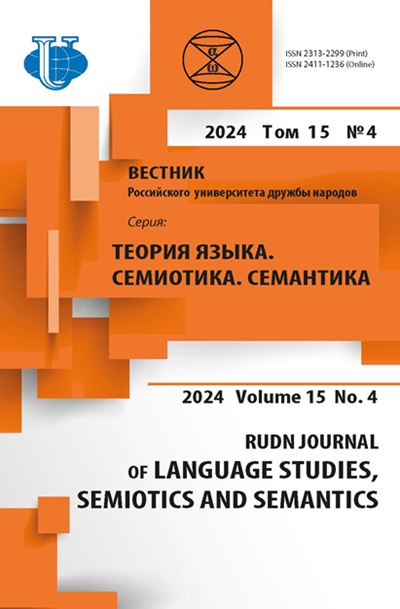About the authors
Al-Farabi Kazakh National University
Author for correspondence.
Email: sagintajev@gmail.com
ORCID iD: 0000-0003-0947-0925
lecturer of the Department of Russian Philology and World Literature
71, Al-Farabi Ave., Almaty, Kazakhstan, 050040
Institute of Literature and Art named of M. Auezov
Email: svananyeva@gmail.com
ORCID iD: 0000-0001-7349-1590
PhD in Philology, Associate Professor, Head of the Department of International Relations and World Literature
29, Kurmangazy str., Almaty, Republic of Kazakhstan, 050010
RUDN University
Email: leka.valikova@mail.ru
ORCID iD: 0000-0003-0945-9937
SPIN-code: 5375-2387
PhD in Philology, Associate Professor of the Department of Russian Language and Intercultural Communication, Institute of Russian Language
6, Miklukho-Maklaya st., Moscow, Russian Federation, 117198
Al-Farabi Kazakh National University
Email: alenchika@mail.ru
ORCID iD: 0000-0002-0635-9247
Senior Lecturer of the Department of Russian Philology and World Literature
71, Al-Farabi Ave., Almaty, Kazakhstan, 050040













